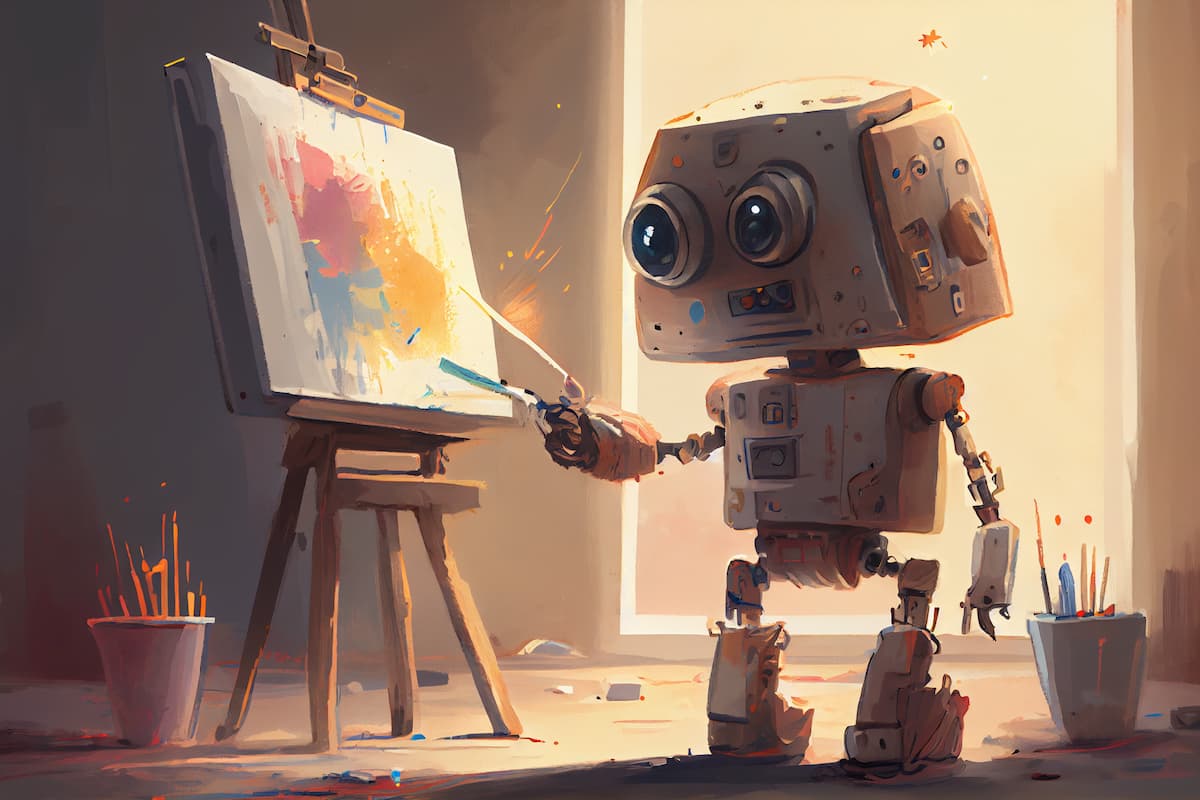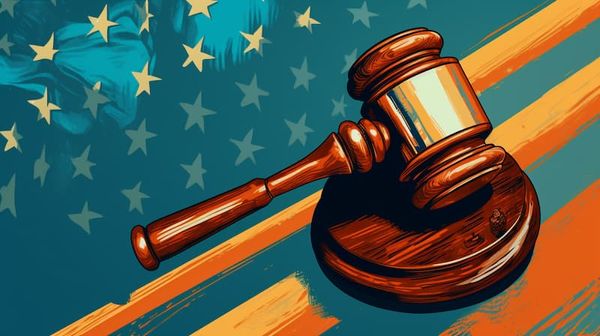In a letter seen by Reuters, the U.S. Copyright Office has stated that images in a graphic novel created using the artificial intelligence system Midjourney should not have been granted copyright protection. The decision is one of the first by a U.S. court or agency on the scope of copyright protection for works created with AI, and comes amid the growing use of generative AI software such as Midjourney, Dall-E and ChatGPT.
Copyright Protection Approved in September 2022
On September 15, 2022, the US copyright registration was approved for the manga "Zarya of the Dawn" created by New York artist Kristina Kashtanova using Midjourney, an AI image generation service. The artist published the manga on her Instagram and stated that the copyright was approved after disclosing how the work was created. The certificate was mailed to her and she received the approved edition and certificate. Ms. Kashtanova added that the copyright registration application was "aimed to set a precedent."
Copyright Protection for "Zarya of the Dawn" Revised
But on Feb 22 the Copyright Office changed it's stance. The Copyright Office stated that the author of "Zarya of the Dawn," Kristina Kashtanova, is entitled to a copyright for the parts of the book she wrote and arranged, but not for images she created using Midjourney. The Office has said that it will reissue its registration for "Zarya of the Dawn" to omit images that "are not the product of human authorship."
No Comment from Midjourney or Copyright Office
Midjourney has not responded to a request for comment, and the Copyright Office has also declined to comment on the decision.
Author Reacts to Decision
Kashtanova has called the decision "great news," stating that she retains the copyright for her story and arrangement of the images, which she believes covers a lot of uses for the AI art community. She and her lawyers are currently considering their next steps, including the argument that the images themselves were a "direct expression of my creativity and therefore copyrightable."
Midjourney: An AI-Based System
Midjourney is an AI-based system that generates images based on text prompts entered by users. In the case of "Zarya of the Dawn," the author wrote the text, and Midjourney created the book's images based on her prompts.
Copyright Office Clarifies Decision
In October, the Copyright Office informed Kashtanova that it would reconsider the book's copyright registration because her application did not disclose Midjourney's role. The Office has now stated that it will grant copyright protection for the book's text and the way Kassnanova selected and arranged its elements, but she is not considered the "mastermind" behind the images themselves. The Office has stated that Midjourney's specific output cannot be predicted by users, making it different from other tools used by artists for copyright purposes.
Here are four key takeaways from the decision:
Text in the Comic Book is Copyrightable
The Copyright Office agreed that the text in the comic book, including the dialogue, is copyrightable because it was written entirely by a human without the use of AI. This means that the writer, in this case, icreatelife, retains copyright ownership of the text in the comic book.
This finding is consistent with existing copyright laws that protect original works of authorship, including literary works such as books, articles, and scripts. The text in the comic book falls under this category and is therefore protected by copyright law.
Selection and Arrangement of Images and Text are Copyrightable
The Copyright Office also agreed that the selection and arrangement of the images and text in the comic book are copyrightable. This is because they are considered a "compilation," which can be copyrightable even if the works they compile are not individually copyrightable.
In this case, the selection and arrangement of the images and text were done by a human author, Kashtanova, who "selected, refined, cropped, positioned, framed, and arranged" the images. This level of creativity and human involvement is sufficient for the compilation to be considered copyrightable.
Individual Images are NOT Copyrightable
The most significant part of the Copyright Office's decision is that individual images created by the AI software Midjourney are not copyrightable. The reason for this is that using Midjourney means that "the process is not controlled by the user because it is not possible to predict what Midjourney will create ahead of time."
Midjourney is different from other tools that artists may use, such as Photoshop or cameras, because with those tools, the artist can predict what the output will be and has control over it. This is not the case with AI models like Midjourney.
The Copyright Office explains that "because of the significant distance between what a user may direct Midjourney to create and the visual material Midjourney actually produces, Midjourney users lack sufficient control over generated images to be treated as the 'mastermind' behind them." Therefore, individual images created by Midjourney are not eligible for copyright protection.
Images Created by Midjourney and Edited by a Human Might Be Copyrightable
Finally, the Copyright Office clarified that images created by Midjourney and edited by a human might be eligible for copyright protection. However, in the case of the two specific images discussed in the decision, they were not considered copyrightable.
For one of the images, the edits made by the human were "too minor and imperceptible" to be considered sufficiently creative. For the other image, Kashtanova did not provide enough evidence of the edits made to the original AI-generated image.
Implications for the Future of AI-Generated Art
This decision by the Copyright Office has significant implications for the future of AI-generated art. While the use of AI in the creation of visual art is still relatively new, this decision sets a precedent for how copyright law will apply to AI-generated works.
One of the most significant implications of this decision is that individual images created by AI software like Midjourney are not eligible for copyright protection. This means that artists who use AI to create their work must be aware of this limitation and find other ways to protect their creations. For example, they may choose to copyright the overall work or the selection and arrangement of the images rather than individual images.
On the other hand, the decision also clarifies that images created by AI and edited by a human may be eligible for copyright protection. This means that there is still room for human creativity and input in the creation of AI-generated art.
Furthermore, the decision highlights the importance of human involvement in the creative process for copyright protection. While AI can assist in the creation of art, it is clear that humans still play a critical role in selecting, editing, and arranging the final product.
Overall, this decision by the Copyright Office is an important step in addressing the legal implications of AI-generated art. As AI technology continues to advance and become more prevalent in the art world, it will be interesting to see how copyright law adapts to these changes.







